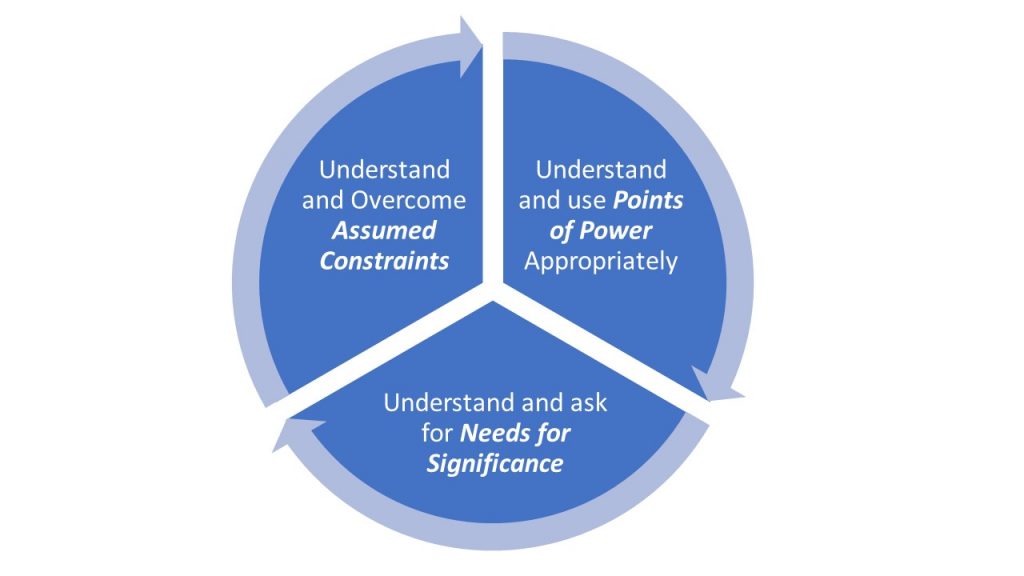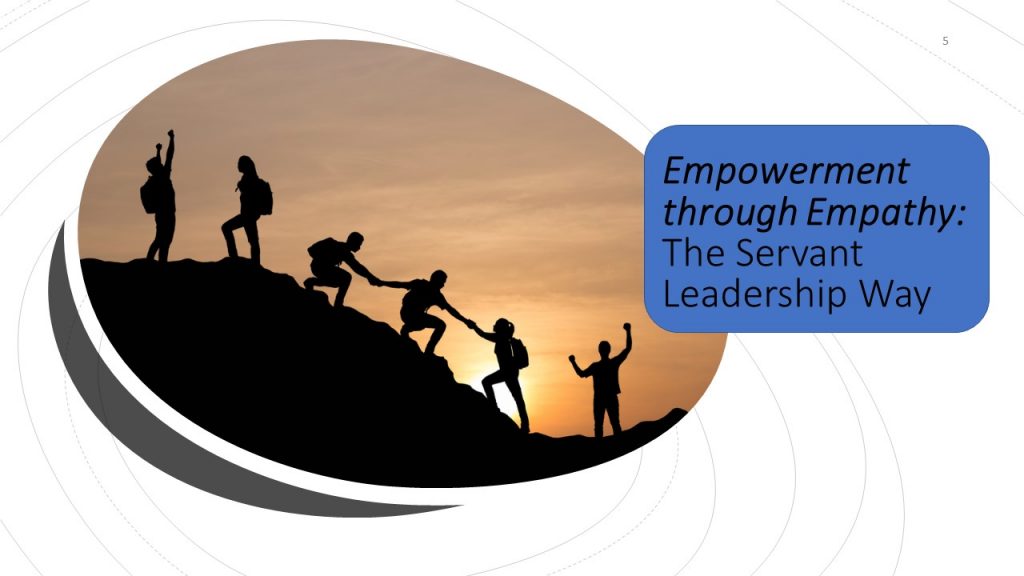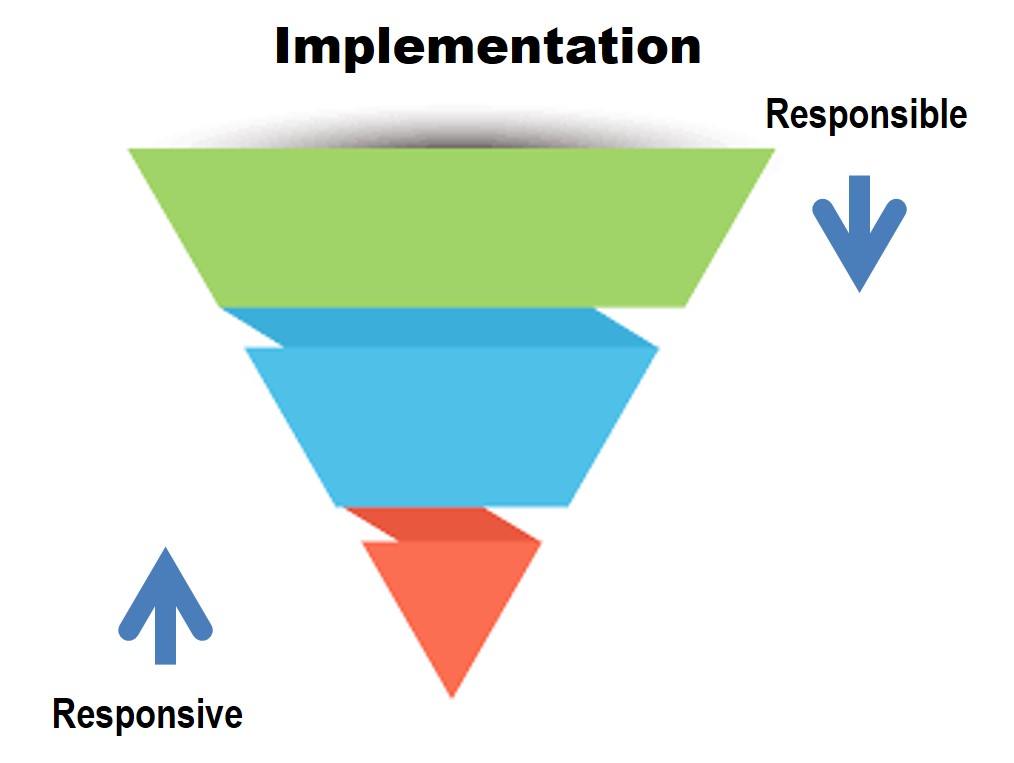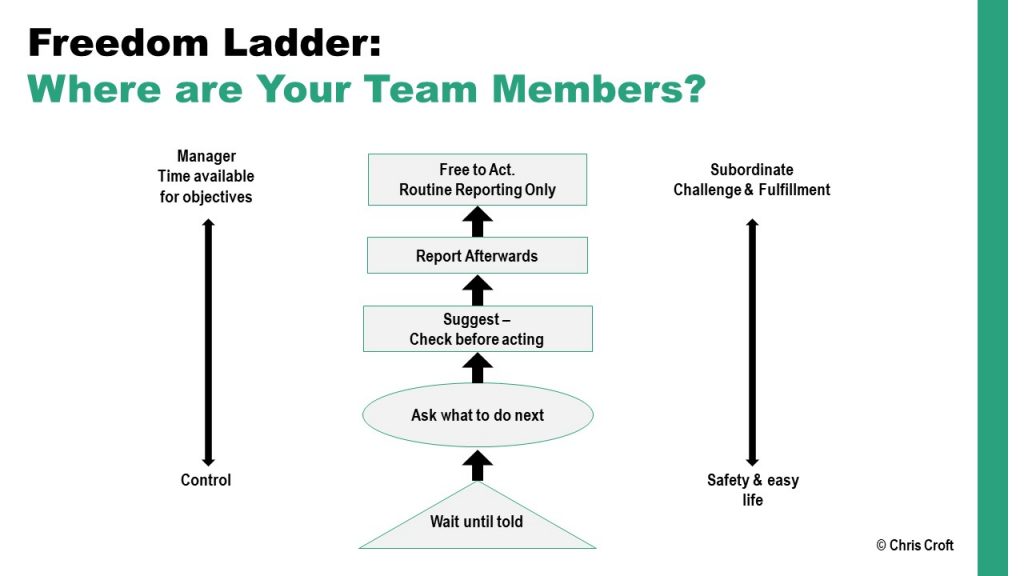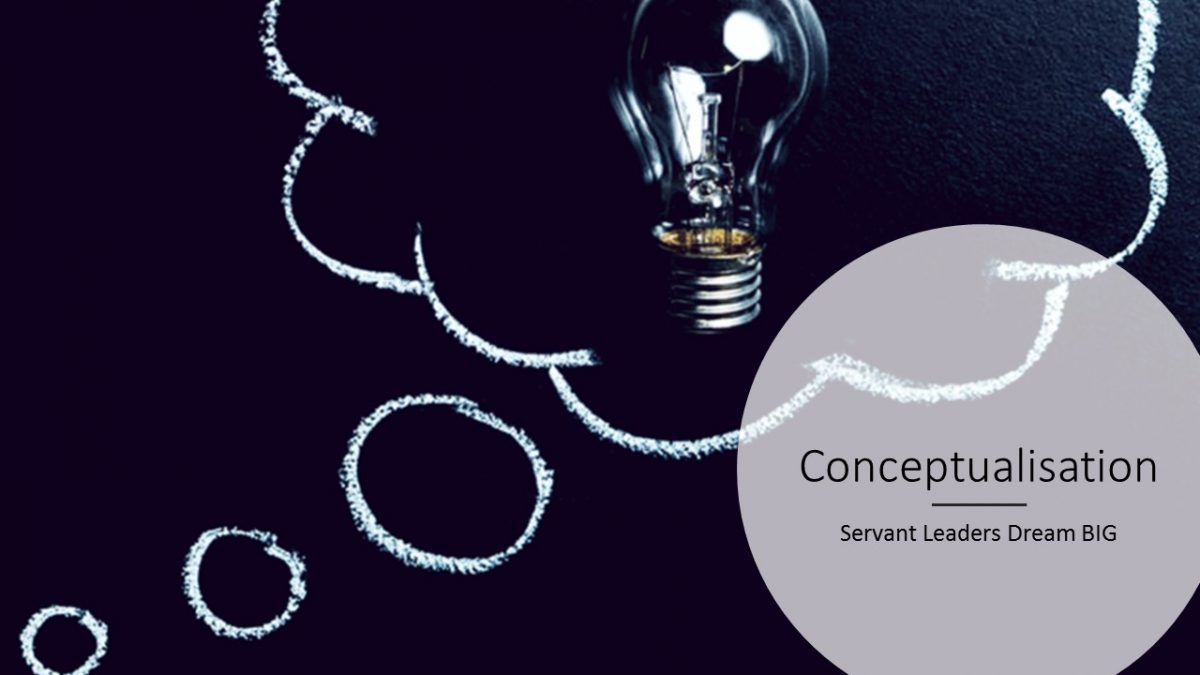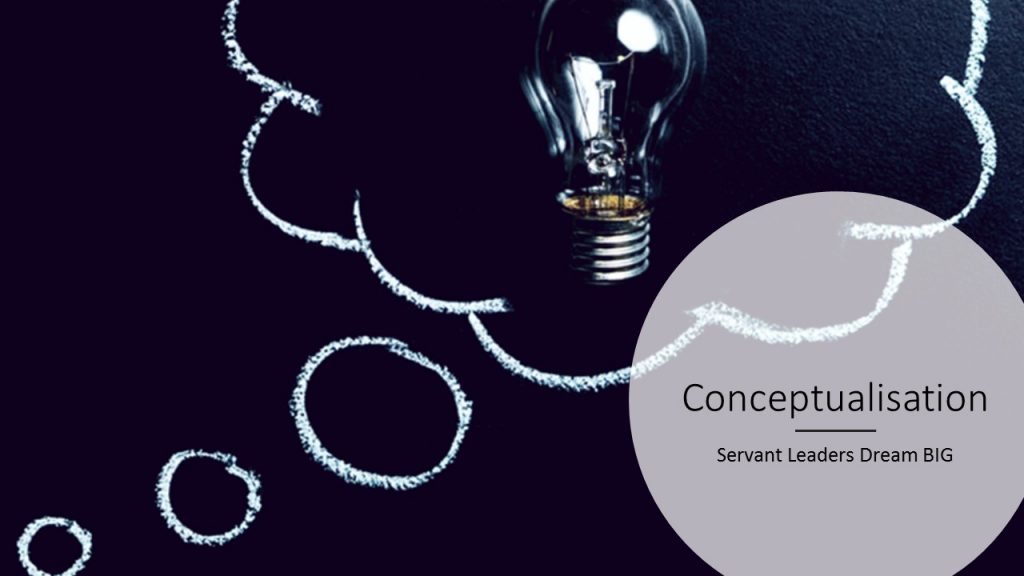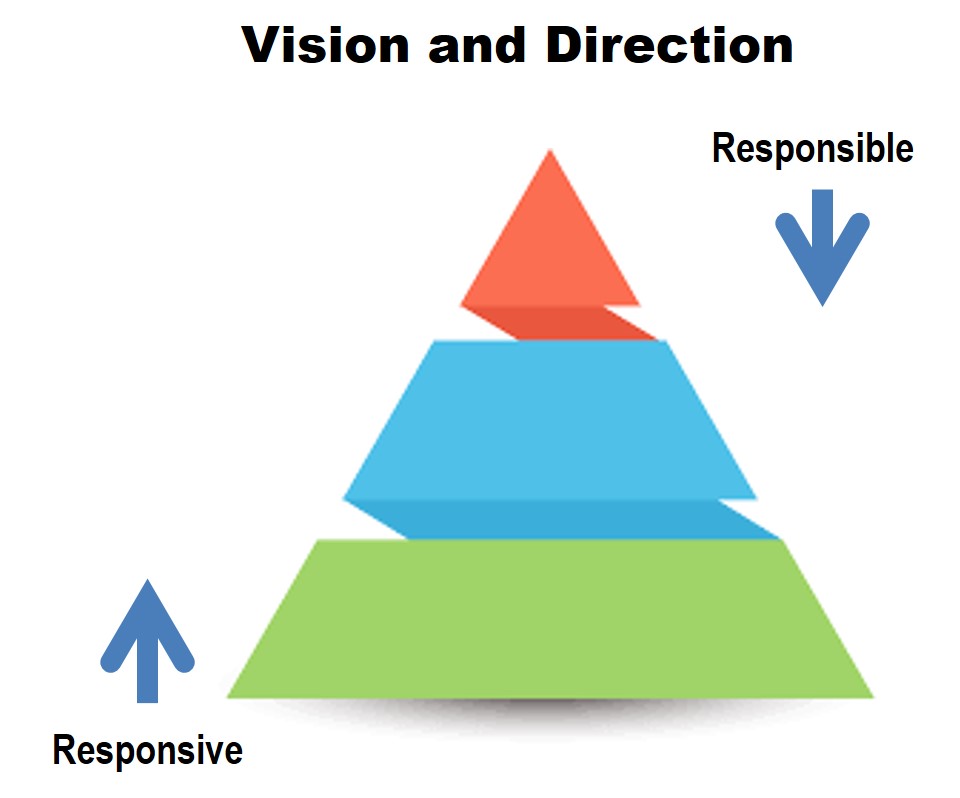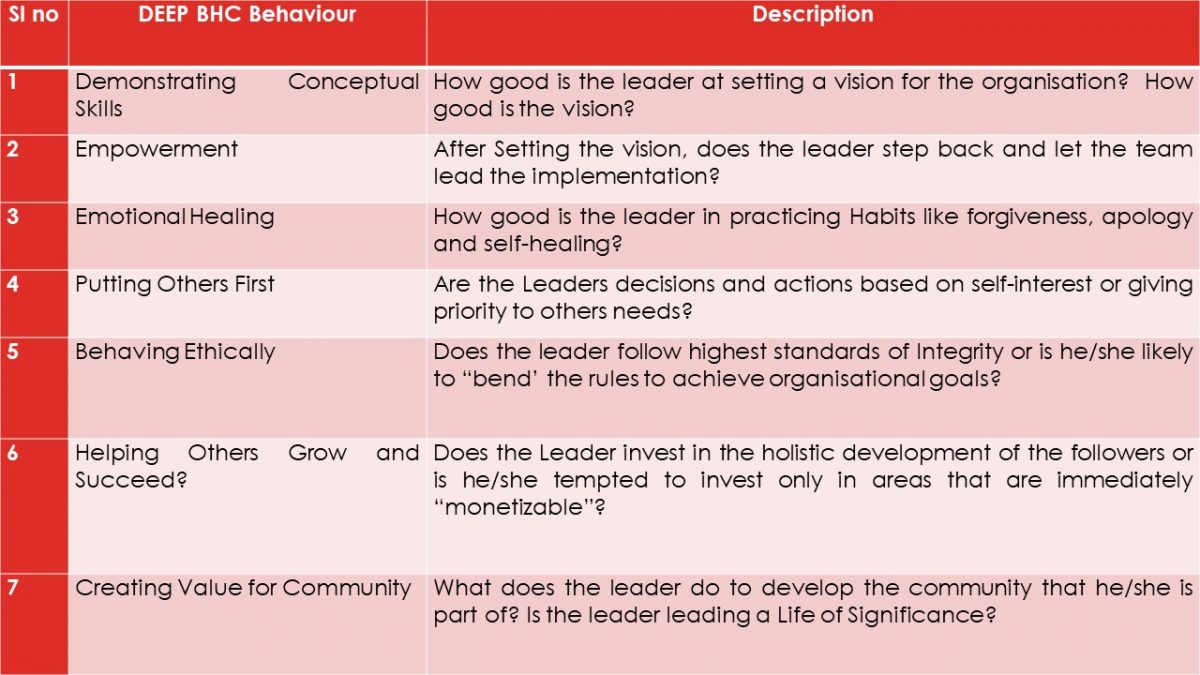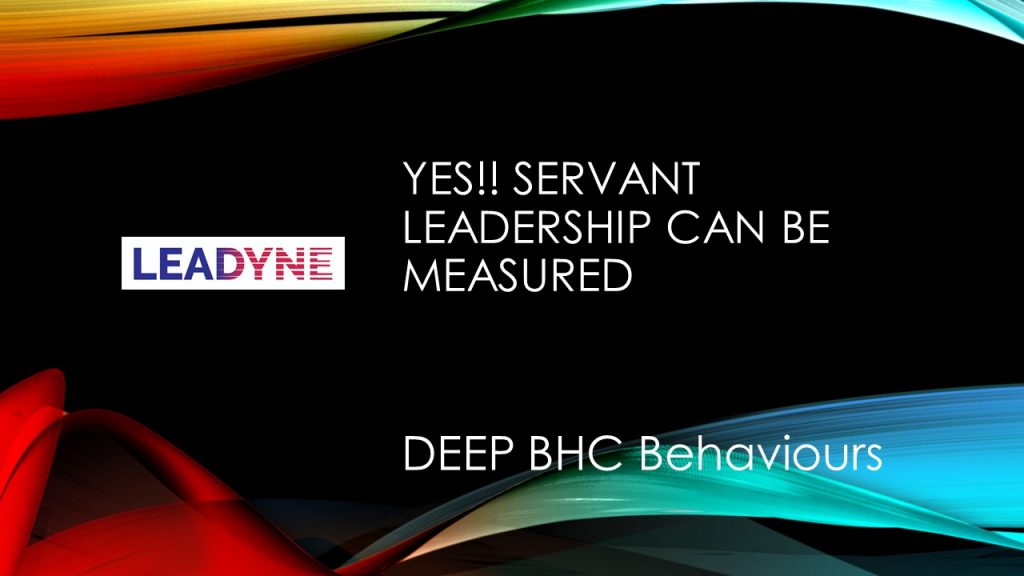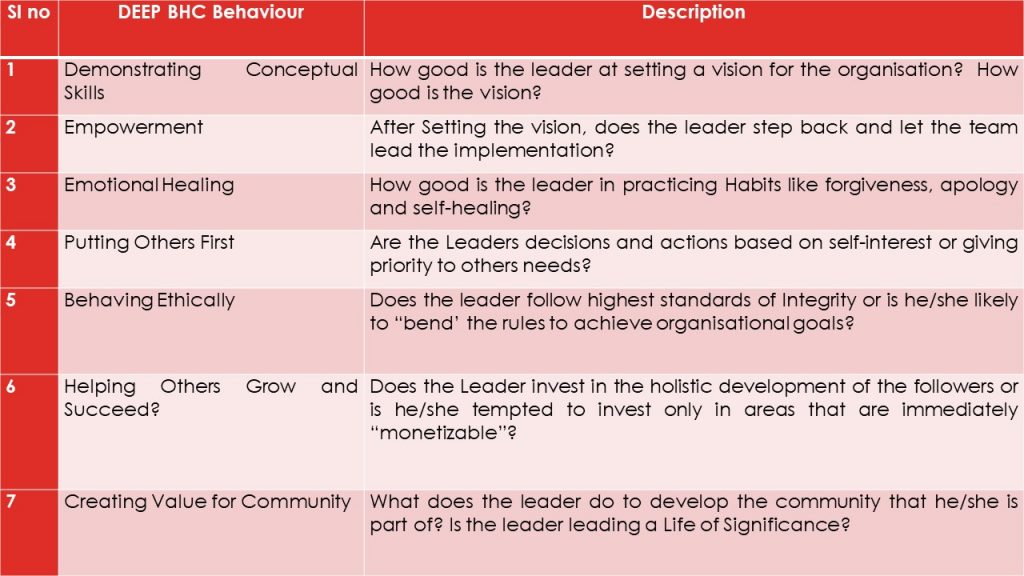Victim, Villain or Hero
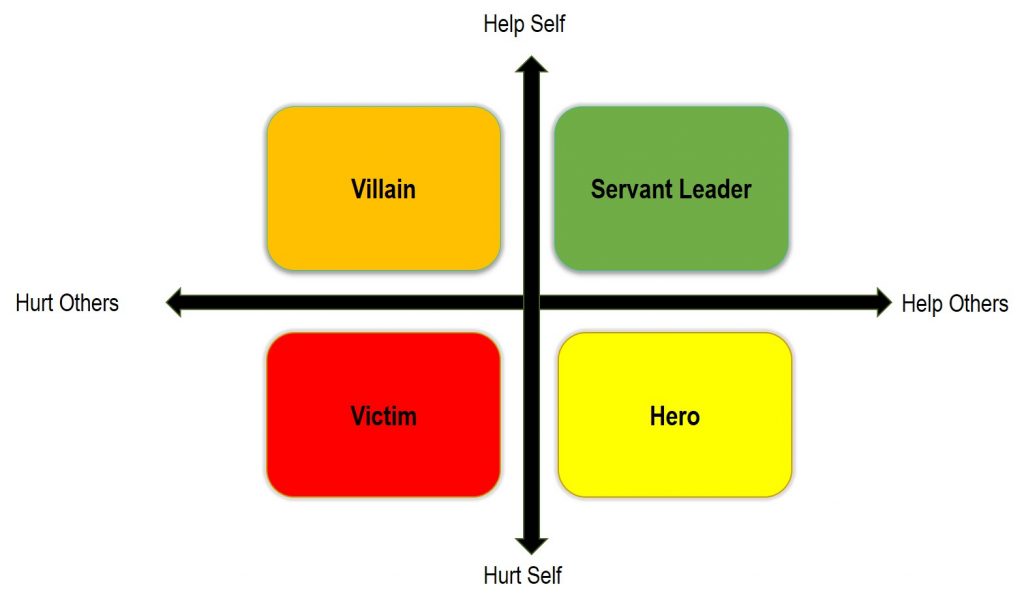
By now, you must have heard it a thousand times. We are living in unprecedented times. We are going through trials. We are preparing for the Future Shock or a new normal. The world is not going to be the same again etc etc. We cannot escape the reality of the pandemic that is still raging out there. But we are also encouraged by the fact that life is slowly limping back to normal. Most of us are learning to “live with” the pandemic.
In this blog, I will ask us to turn the attention on us, on our responses, on how we respond to such trying times. And what can we do as leaders, to be a lot more effective in such situations.
Recently I had the privilege of listening to the author Don Phin, and then read his book, the 40-40 Solution. Don Phin talks about three roles generally all of us audition for viz;, Victim, Villain or Hero. The book inspired me to think about these three categories in a different context. My studies show that these three are the standard responses of people to troubles. Come to think of it, you will see these three roles in any Hollywood or Bollywood movie that you catch on Netflix or Amazon prime or Hot-star or wherever you see movies during the pandemic. Let us look at each one of these three and see which one fits us more.
The Victim response is probably the most familiar one to all of us. When faced with troubles the Victim will feel that it is unfair. The victim will feel singled out. The victim will think the entire world is conspiring against him/her. Their conversation with friends will be about how hard life is. They will strongly feel that others are more blessed than themselves. They truly believe that others do not know how difficult his/her situation really is. They will blame others and/or situations for their suffering and troubles. They think no matter how hard they try, their situation will not change. They find it difficult to get over the past mistakes and failures, and they perpetually live in guilt. You can add on to this list, but I am sure all of us have felt some of the above sometime or the other. Victims are people who feel some of these often.
Phycologists opine that Victims, as and when they can get out of the victim state, end up becoming either a Villain or a Hero. The Victim to Villain transition is very natural.. When one gets fed up with staying in the victim stage, a victim will start planning actions that can hurt others. That is when the Villain is born. A Villain will take revenge. A villain will become aggressive, violent, and will hit back at others with whatever he/she can. A villain will not worry about public opinion. A villain will soon start enjoying the role so much that he/she will fall in love with themselves in that role to the detriment of others. Many of us might not be explicitly getting into a villain role, but think again. We are taking the villain role, when we scream at someone, we are taking the villain role when anger gets the better of us, whether it is at home or outside. Sometimes we get into a villain role without even realizing it.
A more positive transition is the one from Victim to Hero. A Hero does not have to come out of a victim. Heroes emerge otherwise, too. A Hero wants to save. This is what psychologists call the Savior’s Complex. Someone with a Hero Mentality will swoop down on a suffering victim and do all that is necessary to save him/her. At the outset, you may think there is nothing wrong with being a Hero. But think again. All that the Hero might care about is saving the Victim. A Hero might not seek the Victim’s permission or acceptance before getting into the saving act. He/ she might not enable the victim to get over the situation. The Hero might not bother about making the victim self-sufficient. The Hero might not bother about their own safety and/or well-being while doing the saviors act. The Hero will sometimes even endanger himself or herself and many around them, including their own families to perform the rescue act.
Let us pause for a moment and ask ourselves this question in the middle of the pandemic we are in. What role are we auditioning for? Do we feel like a victim of the situation around us? Are we tempted to take on the Villain role, so we can take revenge or we can “pay back” for the sufferings we have gone through? Or are we donning the cape and taking the role of a superhero, trying to save everyone who is suffering, not bothered about our own safety and the wellbeing of the ones who love us?
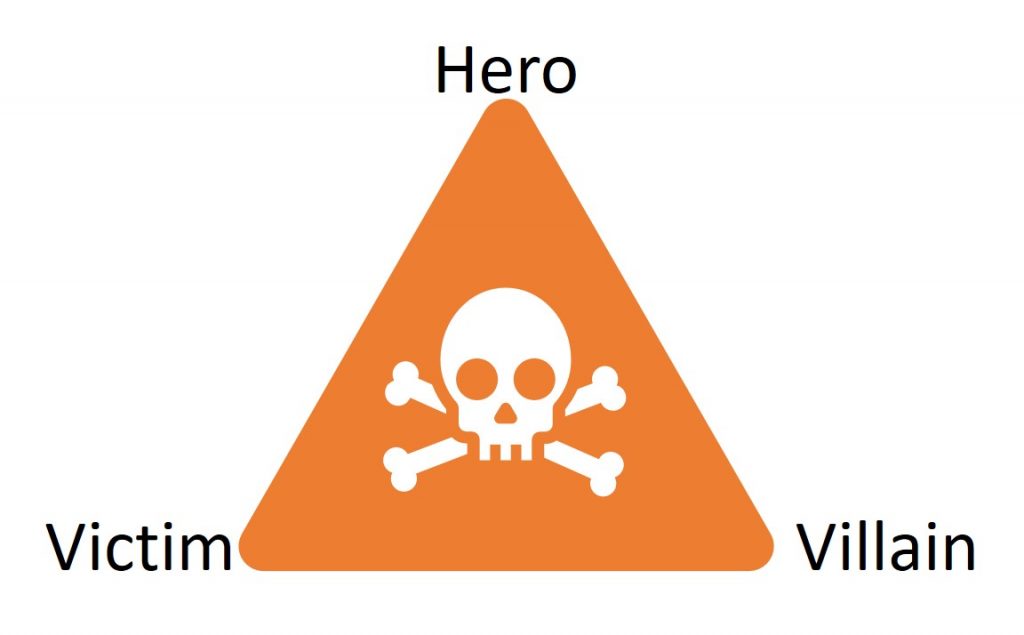
There is a fourth option, an option of being a Leader. We don’t have to be stuck inside the Victim-Villain-Hero Triangle.

So what does the fourth option entail? What does “Being a Leader” mean in this context?
Being a leader as the fourth option here means we demonstrate the behaviour of Emotional Healing that I wrote about in a previous blog. It means Leaders who practice the four habits that I wrote about in another blog. It means we seek to add value to ourselves with the explicit purpose of adding value to others, as described in yet another blog on significance. It means being a Servant Leader.
__________________________________________________

This Article is written by Dr. Madana Kumar, PhD, UST’s own Servant Leadership Evangelist. You can contact him here, or connect with him here.
